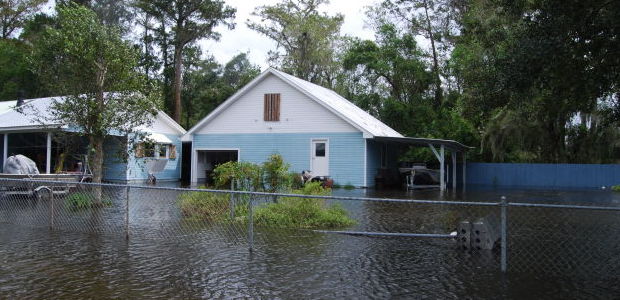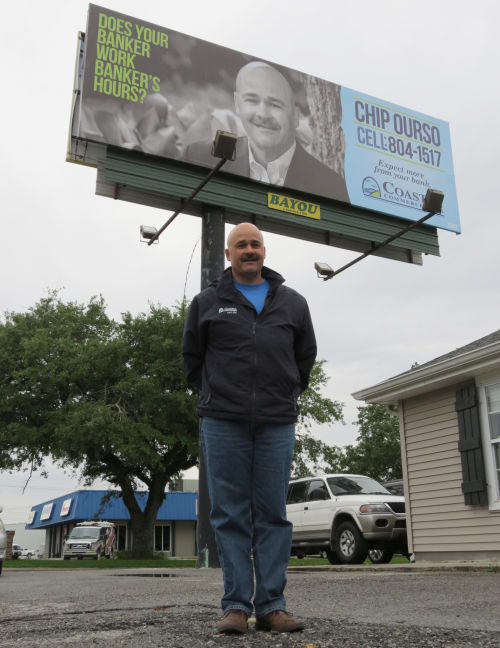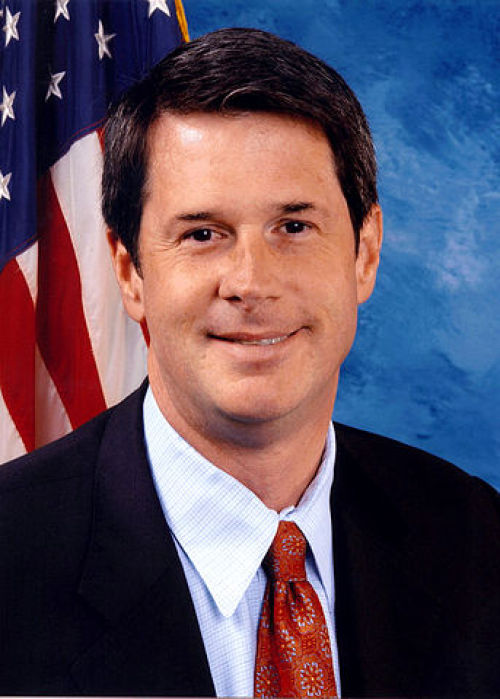
‘It’s going to be bad’ Banks brace for flood insurance hikes
April 23, 2013
Local banks get creative to get new customers
April 23, 2013A new law intended to eliminate the need for major banks to seek federal bailouts – as they did during the 2008 financial crisis – is being prepared by Sen. David Vitter’s staff, and is expected to be complete this week.
Dubbed the “Too Big To Fail” bill, the legislation was authored by Vitter, R-La, and Sen. Sherrod Brown, D-Ohio. Initially it was an amendment to the Senate’s budget resolution, which made it a statement of principle but not of law.
The amendment had passed the Senate by a vote of 99-0.
If passed as law, the move will end federal subsidies and funding advantages for megabanks larger than $500 billion. That means they will have to pay more for money they themselves borrow, eliminating special favors that small banks don’t get.
Local bankers said they would wait to comment on the bill until it is complete when asked what effect it might have on their institutions.
“This is a really impressive sign that we mean business on ending too-big-to-fail,” Vitter said. “Mega-banks are still receiving special handouts that create an uneven playing field – making it harder for our community banks and credit unions to compete with the mega-banks. Beyond the TARP bailouts, the government has created a belief in the marketplace that the government will provide support to the mega-banks …”
“We are planning to introduce it this week,” said Vitter aide Luke Bolar. “A lot of economists say it will make the community banks and credit unions more competitive than just the monopoly of the megabanks taking over.”
Essentially the big banks would be required to hold more assets, lessening of eliminating the necessity for federal bailouts.
Vitter’s office says an FDIC study released in September, 2012 concluded that “the largest banks do, in fact, pay less for comparable deposits. Furthermore, we show that some of the difference in the cost of funding cannot be attributed to either differences in balance sheet risk or any non-risk related factors. The remaining unexplained risk premium gap is consistent with an economically significant “too-big-to-fail” (TBTF hereafter) subsidy paid to the largest banks.”
An International Monetary Fund paper says there was already a federal subsidy for the banks before the financial crisis.
“(It) was already sizable, 60 basis points, as of the end-2007, before the crisis, It increased to 80 basis points by the end-2009.”
According to calculations supplied by Vitter’s office JPMorgan, Bank of America, Citi, Wells Fargo and Goldman Sachs account for $64 billion of the total subsidy “an amount roughly equal to their annual profits.”
A Bloomberg analysis shows that the five biggest US banks are “barely profitable” if not able to borrow at artificially cheap rates because the market believes they are “too-big-to-fail.”








